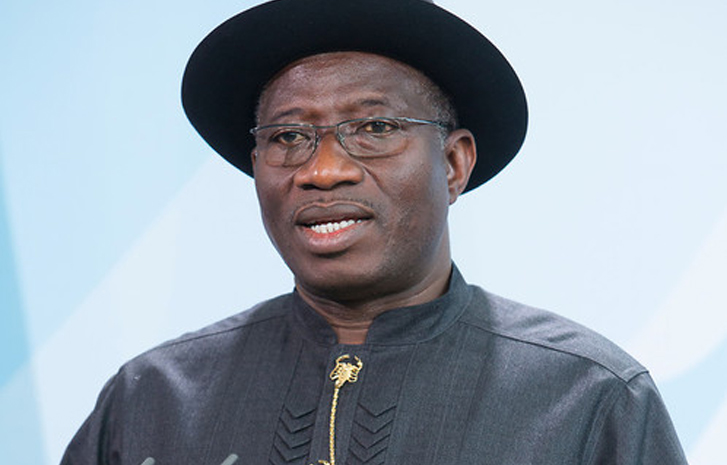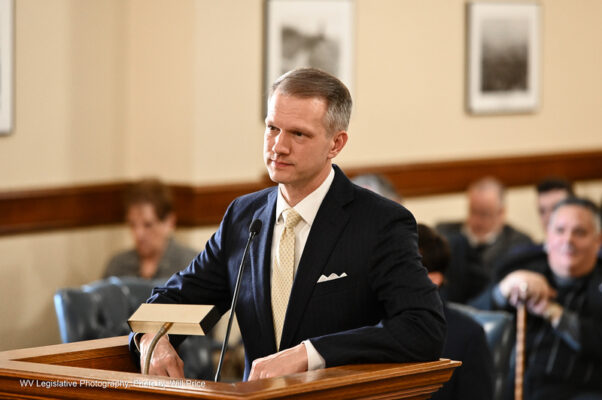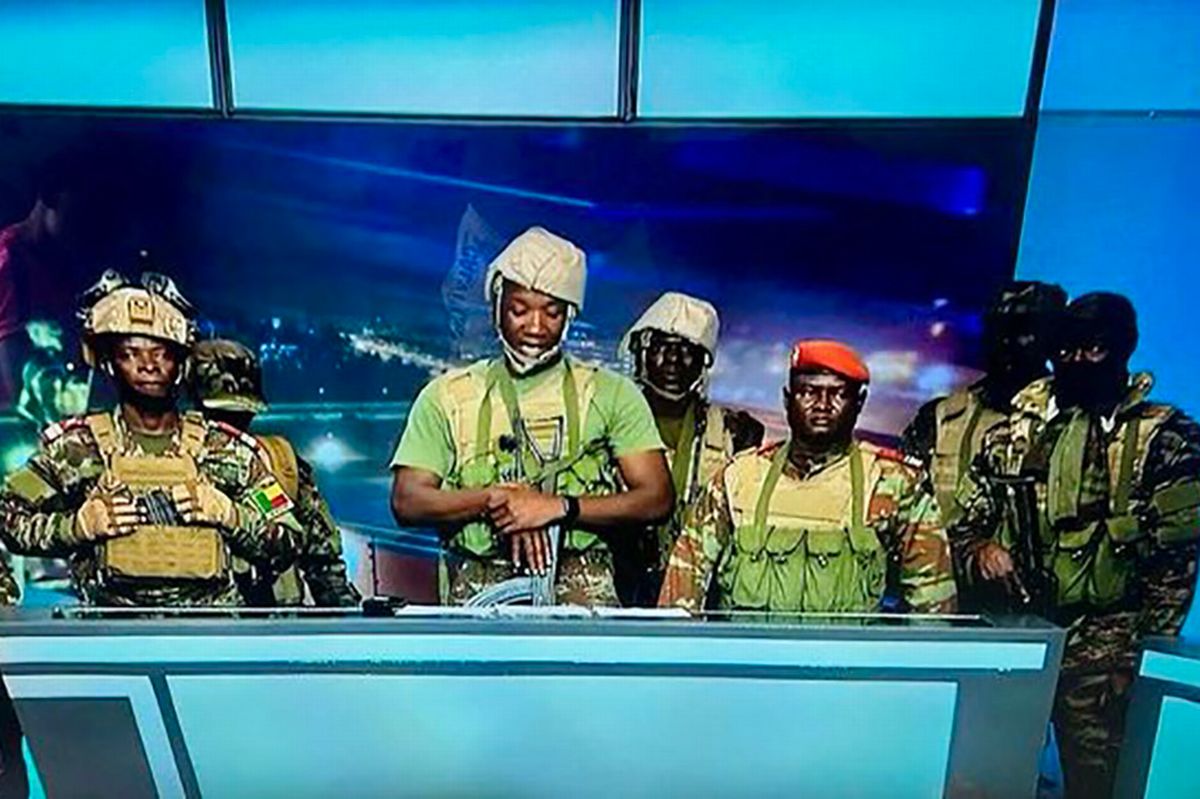United States Congressman, Riley Moore, has described his recent visit to Nigeria as distressing, recounting harrowing encounters with victims of violent attacks, particularly in the Middle Belt region.
Moore last week led a congressional delegation on a fact-finding visit to Nigeria over killings in the northern part of the country.
The five-member team arrived in Nigeria last Sunday and spent several days in Benue State, meeting internally displaced persons, survivors of attacks, Christian leaders, traditional rulers, and communities affected by violence.
They also held meetings in Abuja with the National Security Adviser, Nuhu Ribadu, and the Attorney General of the Federation, Lateef Fagbemi.
The delegation expected to brief President Donald Trump on their findings before the end of the month.
Speaking in an interview with Fox News, Moore said his trip exposed him to the human cost of insecurity in Nigeria, particularly among vulnerable communities affected by terrorism and communal violence in the North.
The West Virginia lawmaker posted the interview on his X handle on Saturday.
Speaking on his experience, Moore said he met women who had survived brutal assaults that claimed the lives of their families.
He recalled meeting a woman who watched all five of her children murdered in her presence.
“It is really heartbreaking. I met a woman who unfortunately had to witness all five of her children murdered right in front of her. I met another woman in an internally displaced persons camp who lost her husband and her two daughters, and the Fulani Islamic radicals had murdered her unborn child—they took it out of her. She survived that, and they are all living in these IDP camps.
“There is a systematic genocidal campaign by the Fulani Muslim radicals in the Middle Belt of this country to push these Christians off their ancestral land,” he said.
The US lawmaker alleged that the violence in parts of the Middle Belt amounted to a coordinated campaign against Christian communities, claiming they are being driven off their ancestral lands.
“There is a systematic genocidal campaign by the Fulani Muslim radicals in the Middle Belt of this country to push these Christians off their ancestral land,” he reiterated.
Despite the grim accounts, Moore said his delegation held what he described as a positive meeting with the Nigerian government, expressing optimism that concrete steps could follow.
“We did have a positive meeting with the Nigerian government. There are positive things coming out of that government that I think will put us on a path toward a strategic security framework and a cooperative agreement to start addressing these issues,” he said.
Moore added that the protection of Christians facing violence remained a top concern for both him and the US President, noting the broader security challenges posed by terrorist groups in other parts of the country.
“First and foremost, my concern, and the President’s concern, is for these Christians, our brothers and sisters who are being slaughtered,” he said. “But there is also the terrorist threat in the North East from Boko Haram and ISIS, who are responsible for the unwanted deaths of Christians, non-Christians, and Muslims alike,” he added.
The Congressman described Nigeria’s security crisis as multi-layered, stressing the need for a comprehensive approach that addresses both terrorism in the North East and what he termed persecution in the Middle Belt.
“The problem is two-tier, and we have to address this Christian persecution and genocide that is happening in the Middle Belt of this country,” he said.
Source: The Punch

 Africa5 days ago
Africa5 days ago
 Featured5 days ago
Featured5 days ago
 Featured4 days ago
Featured4 days ago
 Africa6 days ago
Africa6 days ago
 Featured4 days ago
Featured4 days ago
 Opinion3 days ago
Opinion3 days ago
 News5 days ago
News5 days ago
 Headline2 days ago
Headline2 days ago













